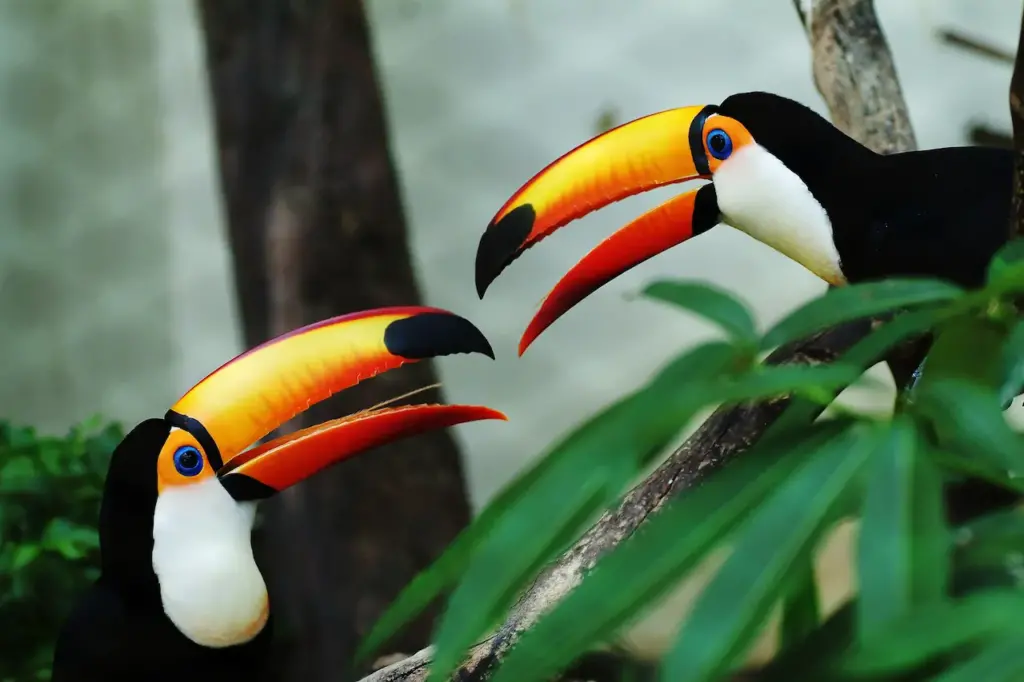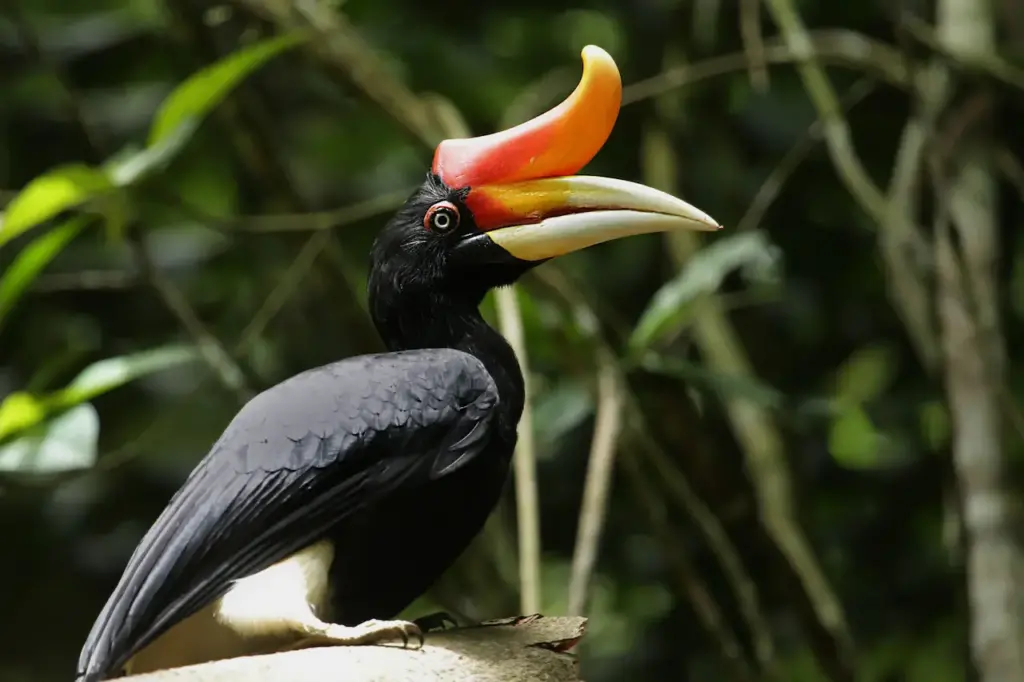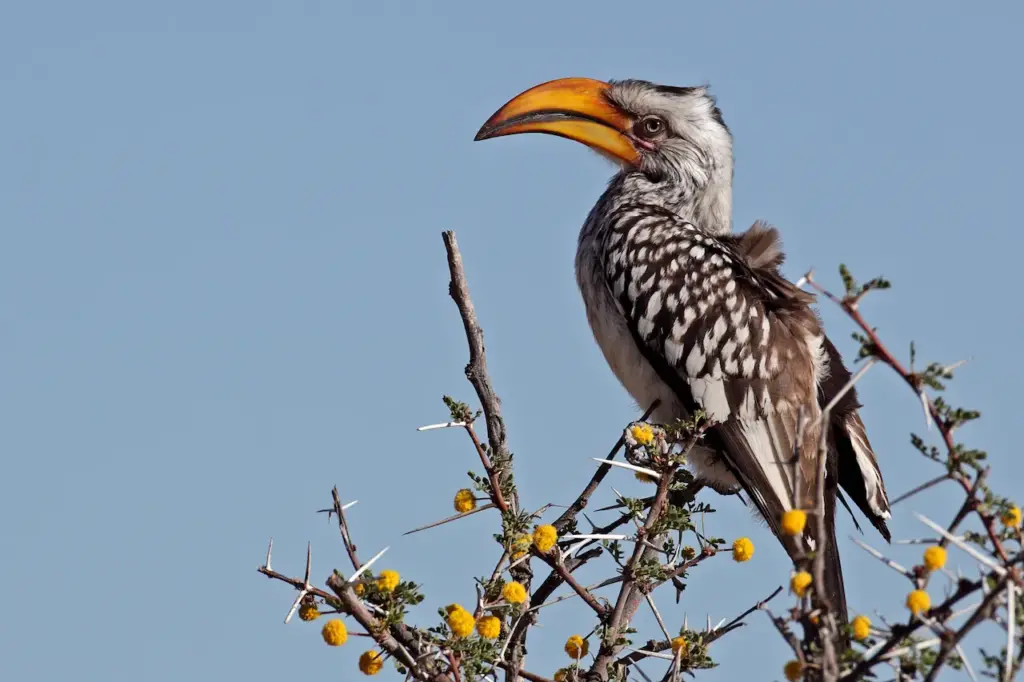What Eats A Hornbill?
Categories
- Accipitridae (1)
- Acrididae (1)
- Algae (2)
- Alligatoridae (1)
- Amoebidae (1)
- Amphibians (3)
- Anatidae (1)
- Anguillidae (1)
- Arachnids (2)
- Bears (2)
- Big Cats (3)
- Birds (13)
- Bovidae (5)
- Bufonidae (1)
- Camelids (1)
- Cameras (1)
- Canines (13)
- Caridea (1)
- Carnivora (10)
- Castoridae (1)
- Cats (5)
- Cebidae (1)
- Cephalopod (1)
- Cervidae (2)
- Cetacean (1)
- Chondrichthyes (1)
- Crocodilia (2)
- Crustaceans (4)
- Culicidae (1)
- Cyaneidae (1)
- Dasypodidae (1)
- Dasyurids (1)
- Deer (1)
- Delphinidae (1)
- Desktop (1)
- Didelphidae (1)
- Dinosaurs (1)
- Dogs (13)
- Dolphins (2)
- Echinoderms (1)
- Education (10)
- Elephantidae (1)
- Equine (1)
- Erethizontidae (1)
- Erinaceidae (1)
- Farming (1)
- Felidae (5)
- Fish (5)
- Food Chain (31)
- Food Web (2)
- Formicidae (1)
- Frugivore (1)
- Gaming (1)
- Gastropods (1)
- Giraffids (1)
- Great Apes (2)
- Health Conditions (3)
- Herbivore (4)
- Hi-Fi (1)
- Hippopotamidae (1)
- Hominidae (1)
- Insects (10)
- Invertebrates (2)
- Keyboards (1)
- Laptops (1)
- Leporidae (1)
- Mammals (23)
- Marsupials (4)
- Mephitidae (1)
- Microchiroptera (1)
- Mollusks (2)
- Mongoose (1)
- Muridae (1)
- Nocturnal Animals (1)
- Odobenidae (1)
- Omnivore (2)
- Phasianidae (1)
- Phocidae (1)
- Plankton (1)
- Plants (2)
- Primate (1)
- Ranidae (1)
- Reptiles (7)
- Rhinocerotidae (1)
- Rodents (5)
- Salamandridae (1)
- Scarabaeidae (1)
- Sciuridae (2)
- Sharks (1)
- Shellfish (1)
- Sound (1)
- Spheniscidae (1)
- Suidae (1)
- Superfamily Papilionoidea (1)
- Theraphosidae (1)
- What Eats (5)
Introduction
The fascinating hornbill, with its unique traits that set it apart in the bird kingdom, is a marvel of the world of avian wonders.
A captivating bird found in tropical and subtropical parts of Africa, Asia, and Melanesia, hornbills are members of the Bucerotidae family. With their colorful plumage and long, curved bills, they have a fascinating look that adds to the spectacle and integrates them into the ecosystems they live in.
Some species of hornbills engage in interesting cooperative breeding and complex nesting rituals, and they are well known for their distinctive nesting activities.
A remarkable example of bird cooperation and survival strategy, these ceremonies sometimes entail locking the female within a tree hollow, leaving just a tiny aperture through which the male supplies food throughout the incubation period. This article will discuss Hornbill predators and their intricate importance in the ecosystem.
Table of Contents
TogglePredators Of Hornbill
Birds Of Prey
Raptors, another name for various predatory birds, are well-known for their formidable claws and superb hunting abilities. These avian predators are essential to preserving ecological equilibrium in many different environments. One of the most conspicuous targets among their victims is the magnificent hornbill.
Because of their vital eyesight and large wings, eagles are dangerous hunters that endanger hornbills. Eagles can spot their prey from vast heights and attack quickly and accurately. Even with their quick flight, hornbills might find avoiding an eagle’s claws difficult. Some eagle species are skilled at snatching birds in midair, which poses a severe risk to hornbills participating in airborne activities.
Hawks are expert hunters who can quickly negotiate the thick forest canopy because of their keen beaks and remarkable agility. Because they frequently live in forested regions, hornbills may be at risk from hawk attacks. Because hawks ambush their food with stealth and accuracy, hornbills are vulnerable to these soaring predators, mainly while foraging or breeding.
Falcons are another predatory bird that may severely threaten hornbills due to their remarkable speed and skill in aerial maneuvers. Falcons can dive at incredible speeds and may get close to hornbills quickly, making it difficult for them to flee. Because of their swiftness and accuracy, falcons are effective hunters in vast areas where hornbills can be taken by surprise.
Certain owl species hunt at night, although most prey birds are nocturnal hunters. Owls can follow and catch prey in low light because of their extraordinary hearing and quiet flying. Even though hornbills are primarily nocturnal, some owl species can still be dangerous since their hunting ranges overlap at dawn and dusk.
Snakes
The snake is one quiet predator that may be pretty dangerous to hornbills. Given their tremendous adaptability, several species of snakes have evolved to become proficient climbers. Adaptability enables them to reach high in the tree’s hornbill nests.
Because of their arboreal lifestyle, hornbills are susceptible to these cunning climbers, especially those that build their nests in tree hollows or cracks. With their lengthy bodies, snakes can get into the nests and feed on the eggs, young birds, and even adults of hornbills.
When chasing hornbills, snakes have quite clever hunting techniques. Certain species, such as rat snakes and tree pythons, have a systematic and patient approach. They wait calmly in the trees around hornbill nests, hiding from view until the right opportunity to attack presents itself. These snakes may successfully catch their avian prey because of their mobility and element of surprise.
Some species of hornbills live best at high altitudes, while others are found on the forest floor. Unlike snakes, ground-dwelling hornbills have distinct obstacles to overcome. Venomous species, such as cobras or vipers, can directly threaten hornbills as they browse on the forest floor. These snakes’ swift and deadly attacks can take unaware hornbills by surprise, putting adults and young in peril.
The pressure of predation on hornbill reproductive success is one of the most critical features of the connection between snakes and hornbills. Hornbill chick survival rates can be significantly impacted by snakes that prey on nests.
Some adaptations have resulted from the evolutionary arms race between snakes and hornbills, including hornbills adopting specific nesting techniques to reduce the likelihood of snake predation.
Mammalians Predators
Amidst the several hazards that hornbills encounter, mammalian predators emerge as particularly potent foes because of their unique appearance and captivating demeanor. These carnivorous creatures, ranging in size from giant cats to tiny predators, provide hornbills with distinct difficulties in various environments.
Hornbills may be at risk from sly and nimble predators like servals and leopards in areas where they live with giant cats, such as some parts of Africa and Asia. Due to their proficiency in climbing, these large cats can reach hornbill nests from trees, where they feast on eggs, chicks, and even adult birds.
The smaller but no less crafty mongooses are dangerous to hornbills on the ground. Because of their famed agility and capacity for tree climbing, these animals are skilled at breaking into nests to steal eggs and young. They are formidable predators in the thick undergrowth where hornbills frequently build their nests due to their opportunistic behavior and an acute sense of smell.
Mammals that live in trees may be a hazard to hornbills that nest in tree hollows or other high areas. Some arboreal mammal species, such as genets and civets that climb trees, can be dangerous to hornbill nests. Because of their climbing prowess, they can access nests that would typically be considered safe from attacks from the ground.
Monitor Lizards
With their fantastic flexibility and ancient look, monitor lizards are intriguing reptiles that may be found in a wide range of environments worldwide.
One of the fascinating elements of their numerous interactions in the environment is their position as predators, particularly about hornbill nests. We examine the behavior and effects of monitoring lizards on hornbills.
As members of the Varanidae family, monitor lizards are distinguished by their tall, elongated bodies, muscular tails, pointed claws, and unusual forked tongues. Because they are adept swimmers and climbers, varanids can survive in various habitats, including dry forests. Their success as predators results from their intellect and cunning eating practices.
Robbing hornbill nests is a significant part of the predatory behavior of the monitor lizard. In particular, hornbills that build their nests in tree holes or hollows may be in danger if monitor lizards are around. These climbers gain entry to the nests and feed on hornbill eggs, chicks, and occasionally even adult birds.
Monitor lizards chase hornbills by being patient and stealthy. When they detect the presence of eggs or chicks, they could wait patiently close to nesting locations. When the chance presents itself, they act quickly to capture their victim. The reptiles’ strong jaws and pointed teeth allow them to eat adult hornbills in addition to eggs and chicks, making them adaptable predators in various hornbill environments.
Conclusion
There are dangers in the world of hornbills since various artificial and natural predators threaten them. Hornbills must negotiate a complicated network of threats from the air to the ground, including predatory birds, snakes, animals, and other hornbills. Hornbills’ existence is becoming increasingly vulnerable due to human habitat degradation and terrain alteration.
Conservation initiatives are essential to guarantee these amazing birds’ continuing survival. The most important things to do are to fight against illegal hunting, protect their habitats, and spread the word about how important these amazing birds are to preserving the ecological balance. We may learn important things about the intricate interactions between different species in their environments by knowing what consumes hornbills.
To ensure that hornbills can continue to fly over the sky for many generations to come, our shared obligation is to protect the environments in which they live.



